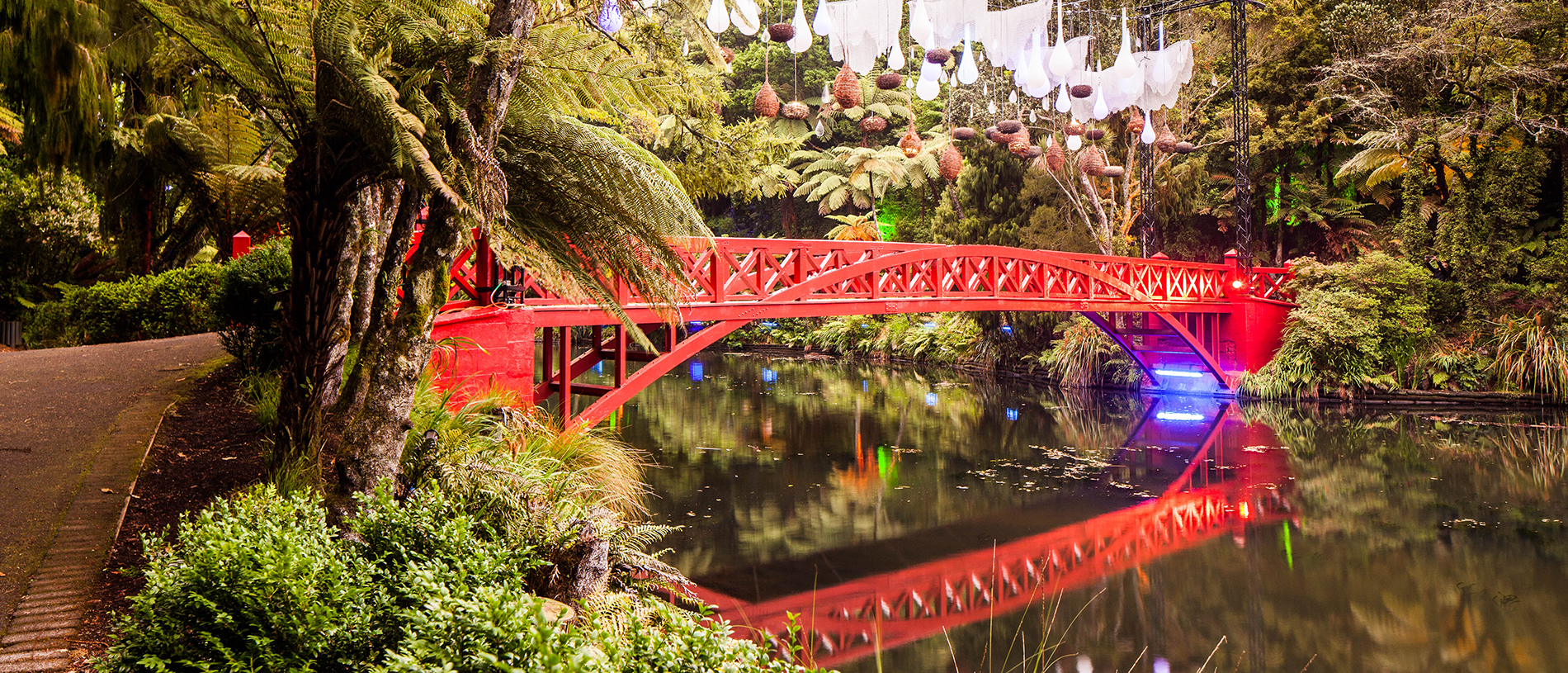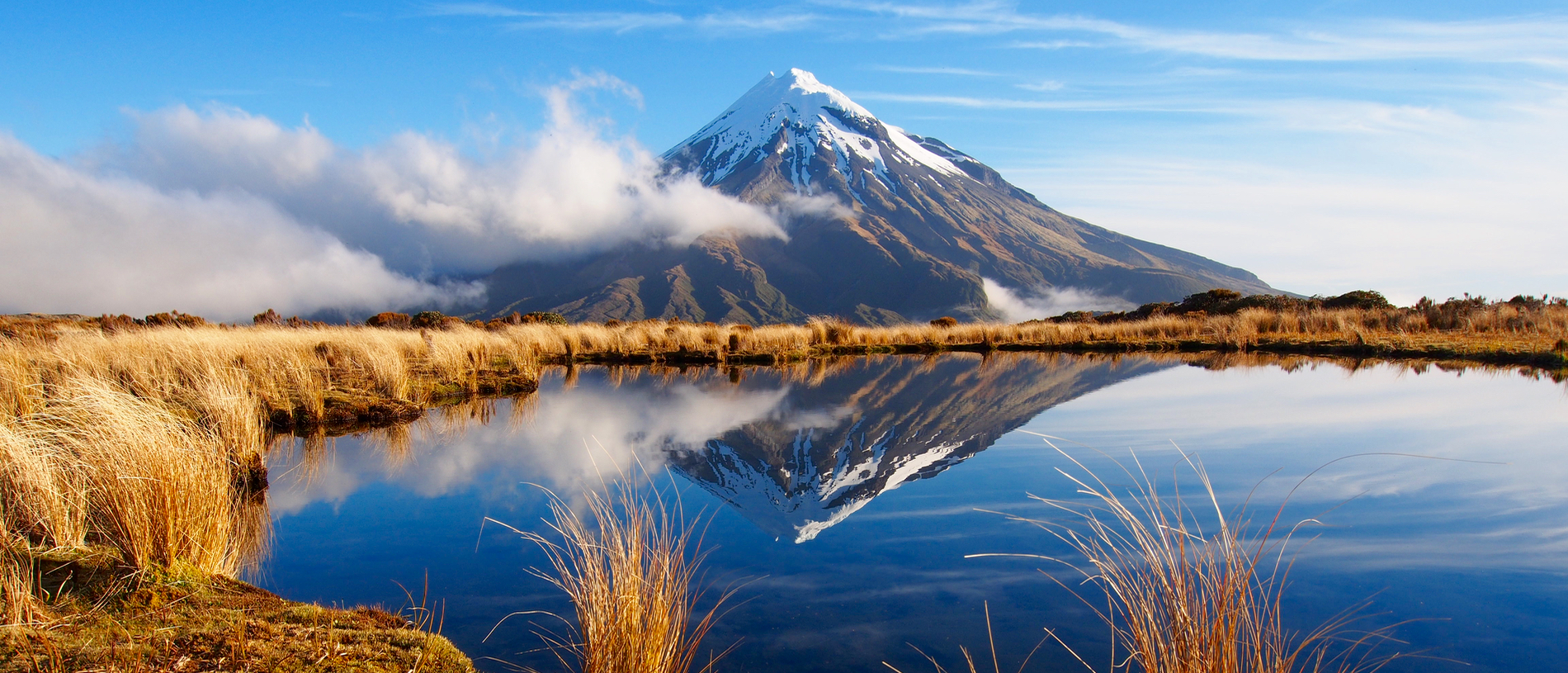
AA Traveller
Take the road less travelled and find the things that make New Zealand great. From road trip itineraries packed full of Must-Do's, Kiwi Gems and unexpected things to see and do along the way, AA Traveller has all the inspiration you need for your next New Zealand holiday.




